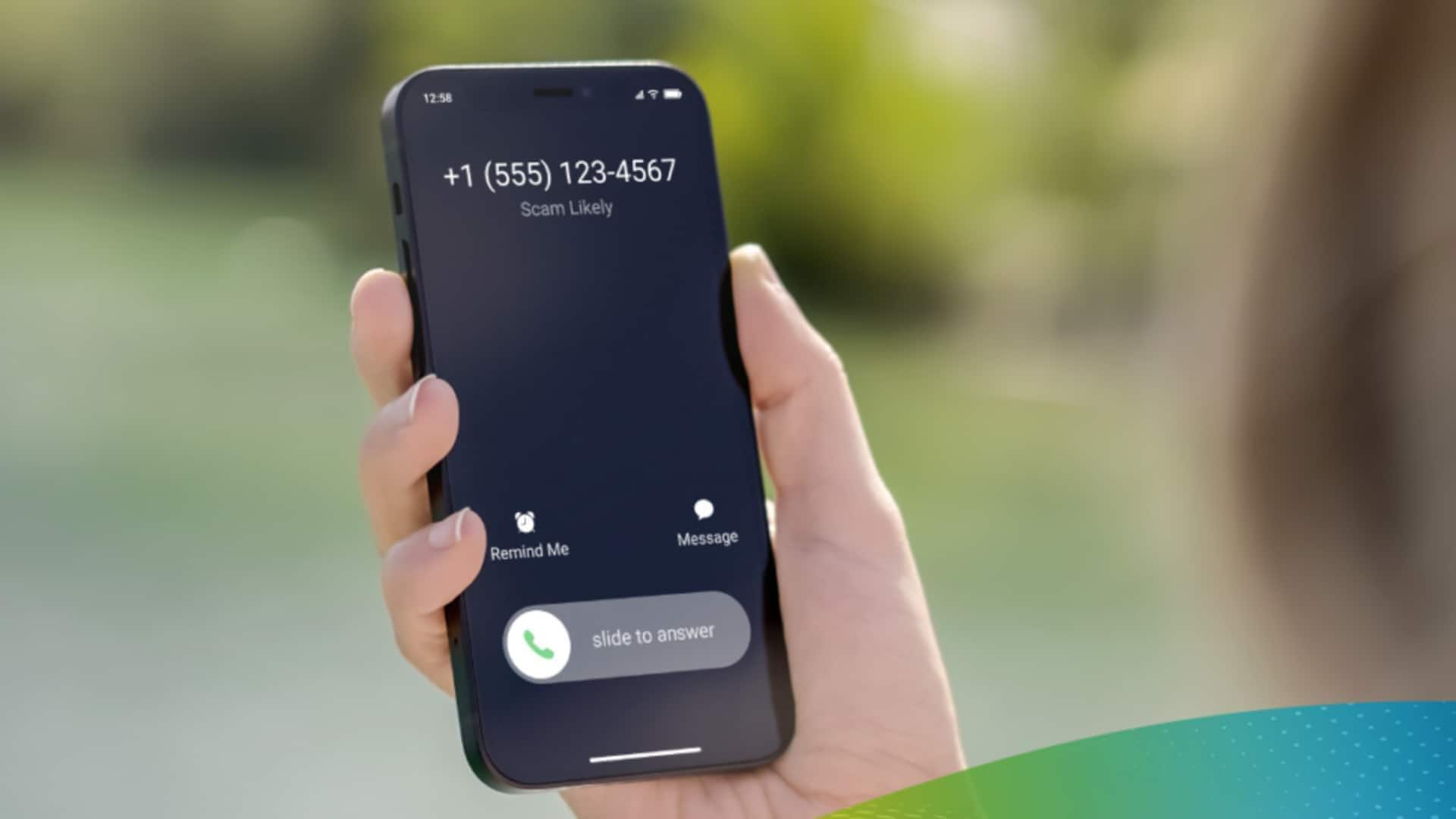
Tired of spam calls? You'll soon know who's calling
What's the story
The Telecom Regulatory Authority of India (TRAI) has approved a Department of Telecommunications (DoT) proposal to introduce an official caller identification system in the country. The service, called Calling Name Presentation (CNAP), will show the real name of the caller on the receiver's phone screen. This move is aimed at reducing spam and scam calls while boosting confidence in digital communication.
Implementation details
How CNAP will work
The CNAP system will automatically display the name of the person calling, as registered with their telecom operator during SIM registration. The information will be sourced from the official subscriber database of telecom companies, ensuring authenticity and verification. TRAI has confirmed that this feature will be enabled by default for all users across India. However, those who do not want to use it can opt out by contacting their telecom service provider (TSP).
Purpose
Boosting trust in digital communication
TRAI has said that the CNAP system will help tackle the growing problem of spam and scam calls. "The measure will allow the called party to make an informed choice about whether to answer the call," said TRAI, adding that it will also help boost trust in digital communication. This is a major shift from the current practice where Indian telecom networks only show a number on receiving a call.
Database management
Telecom operators to create CNAM database
Each telecom operator will have to create and maintain a Calling Name (CNAM) database mapping every subscriber's verified name with their phone number. When a call is received, the operator handling that call will cross-check this database and display the verified name of the caller on the recipient's device. This system is expected to improve both accuracy and accountability in communication.
Trial results
Trials revealed technical issues
Before giving the green light, DoT tested the CNAP feature on 4G and 5G networks in select cities. The trials revealed some technical issues, including lack of software patches and need for network upgrades. Once these challenges are addressed, CNAP will be offered as an add-on service with existing telecom plans, not as a standalone product.